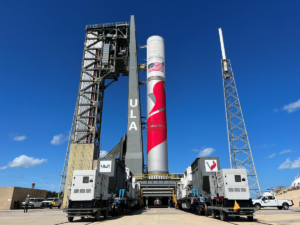
United Launch Alliance (ULA) has received government and commercial orders worth billions of dollars for 70 Vulcan rockets, ULA CEO Tory Bruno said on Nov. 15. ULA is a partnership between Lockheed Martin [LMT] and Boeing [BA]. "We have a backlog of 70 Vulcan launches," Bruno told journalists in a phone question and answer session. "It's kind of unprecedented in the launch business to have a backlog that large but also to have a backlog that large before the first…














